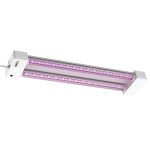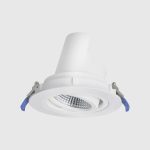LED or Not? Learn How to Easily Tell If a Light Is LED
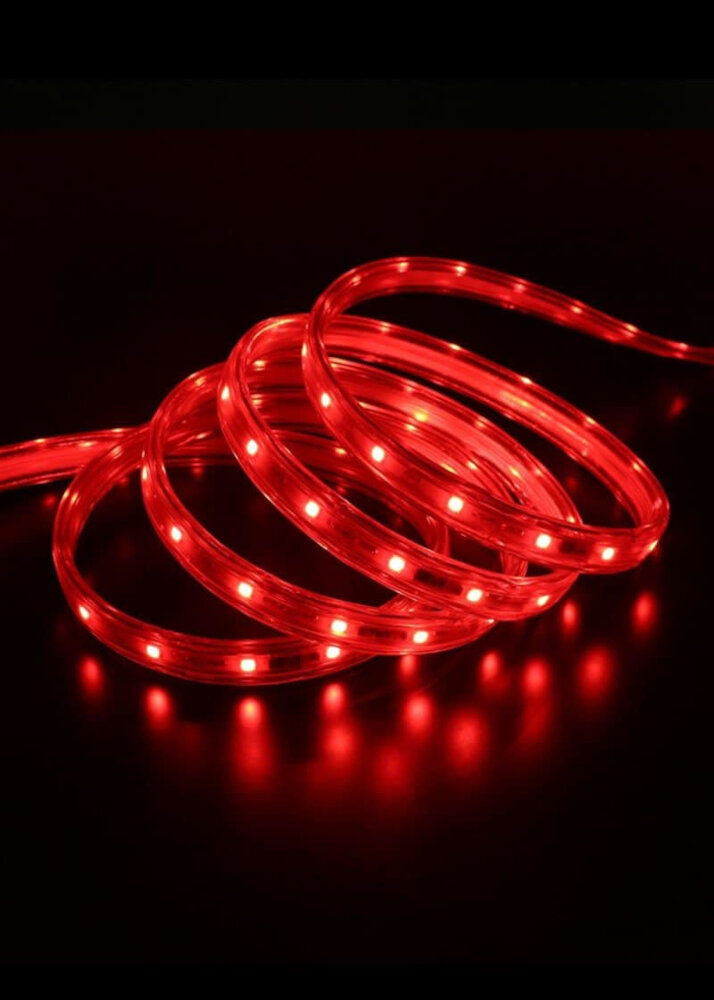
In today’s world, the use of LED lights has become more and more prevalent. LED lights are known for their energy efficiency, long-lasting lifespan, and bright illumination. However, not all lights are LED, and it can be challenging to differentiate between them, especially for those who are not familiar with the technology. It is essential to be able to tell if a light is LED or not, as it can impact energy usage and cost in the long run. One way to distinguish between LED and non-LED lights is by examining the light’s appearance. LED lights emit a brighter and clearer light than traditional incandescent or fluorescent bulbs. They also tend to have a cooler, bluer tone than the warmer, yellowish tones of other lights. Additionally, LED bulbs are typically smaller and more compact than traditional bulbs, and they do not have a filament or tube inside them, which is another way to differentiate them from non-LED lights.
What is an LED?
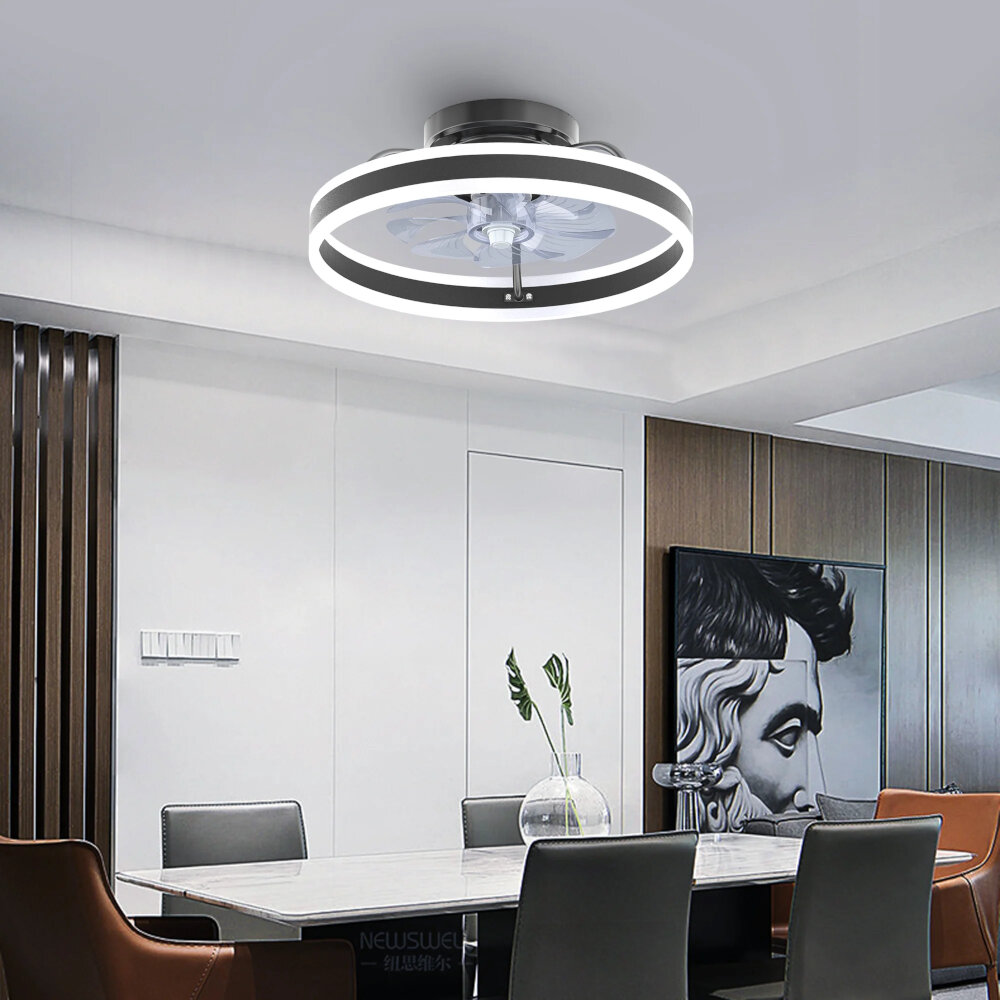
An LED or Light Emitting Diode is a type of semiconductor device that emits light when an electric current is passed through it. Unlike traditional incandescent bulbs that rely on a heated filament to produce light, LEDs are much more energy-efficient and long-lasting. They are also much smaller and can be produced in a variety of colors, making them ideal for a wide range of applications. One of the main advantages of LEDs is their energy efficiency. They consume much less power than traditional bulbs, making them an ideal choice for lighting applications where energy consumption is a concern. They are also much longer-lasting, typically lasting 25 times longer than traditional bulbs. This makes them a cost-effective option in the long run, despite being more expensive to purchase initially. LEDs are also very versatile in terms of color, with the ability to produce a wide range of hues, from warm whites to cool blues. This makes them ideal for a wide range of applications, from home lighting to commercial signage and beyond.
An LED or Light Emitting Diode is a semiconductor device that emits light when a current passes through it. It works by converting electrical energy into light energy. Unlike incandescent bulbs that produce light by heating a filament, LEDs produce light through a process called electroluminescence where electrons and holes combine and release energy in the form of photons. They are highly efficient, reliable, and durable compared to traditional bulbs, making them a popular choice for lighting applications. LEDs are available in a wide range of colors and can be used in a variety of lighting products such as bulbs, strips, and lamps. They consume less energy and have a longer lifespan, making them an eco-friendly and cost-effective option for lighting.
Benefits of Using LED Lights
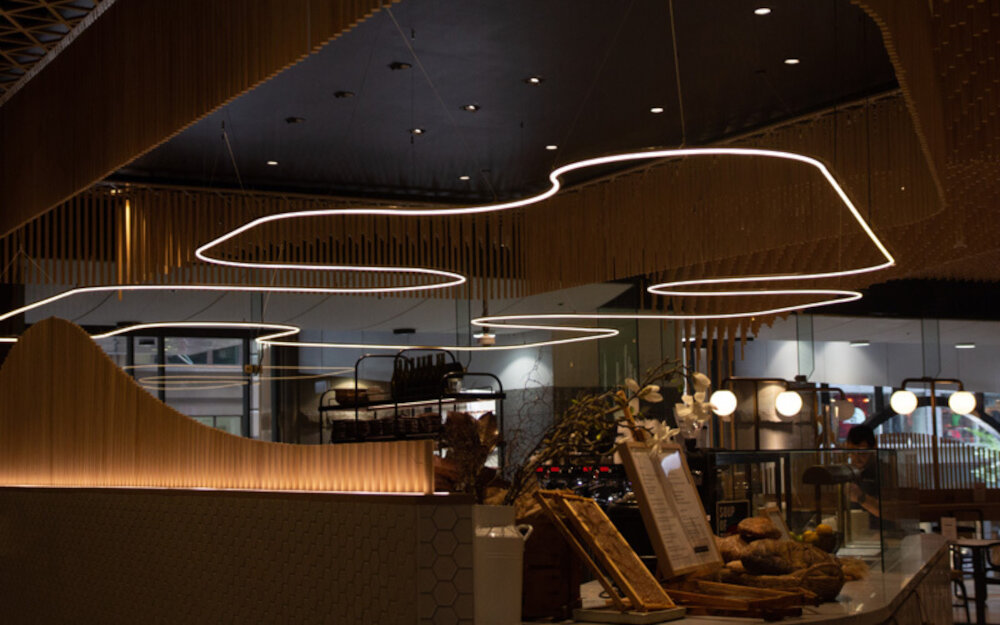
LED lights have numerous benefits over traditional lighting options. First and foremost, they are much more energy-efficient than their incandescent or fluorescent counterparts. LED lights use significantly less energy to produce the same amount of light, which not only saves money on electricity bills but also reduces carbon emissions. This makes them an environmentally friendly choice for lighting up your home or workplace. Additionally, LED lights have a longer lifespan than traditional bulbs, which means you won’t need to replace them as often. This can save you money in the long run and reduce the amount of waste going to landfills. Another benefit of using LED lights is that they produce less heat than traditional bulbs. This makes them a safer option for use in enclosed spaces or around flammable materials. LED lights also come in a variety of colors and designs, making them a versatile option for any lighting need. Whether you’re looking for warm or cool lighting, bright or dim, there’s an LED light that will suit your needs. Overall, LED lights are a cost-effective, energy-efficient, and safe lighting option that can enhance any space while minimizing your environmental impact.
LED lights have become increasingly popular in recent years, and for good reason. One of the main benefits of using LED lights is their energy efficiency, as they require significantly less power to operate than traditional incandescent bulbs. Additionally, LED lights have a much longer lifespan than other types of bulbs, reducing the need for frequent replacements and lowering overall costs. Another advantage of LED lights is their reduced environmental impact, as they produce less heat and contain fewer harmful chemicals than other lighting options. Overall, the exploration of the many benefits of using LED lights highlights their importance as a sustainable and cost-effective lighting solution for both residential and commercial settings.
How to Identify an LED Light
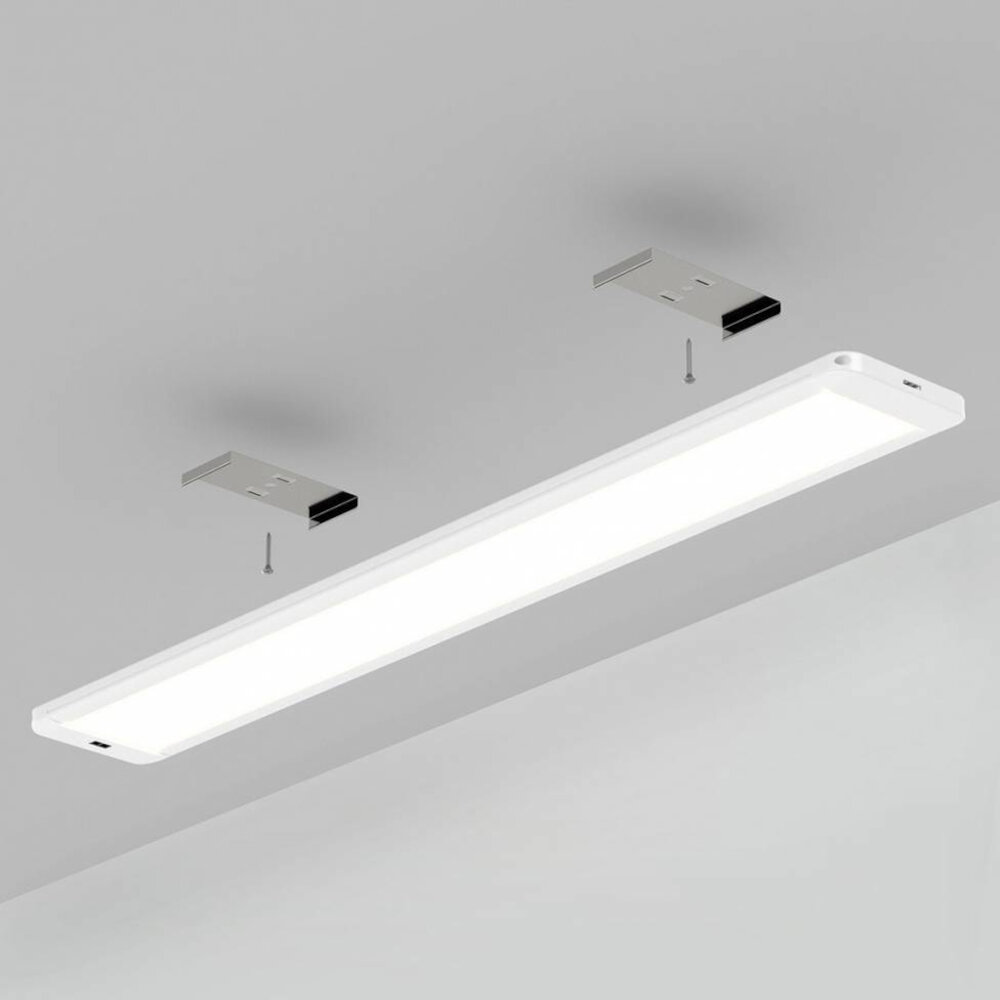
LED lights are becoming increasingly popular in our daily lives, from household lighting to electronic devices. However, it can sometimes be difficult to identify whether a light is an LED or not. One way to identify an LED light is by its appearance. LED lights typically emit a bright, white light that is cooler in tone than traditional incandescent bulbs. They also tend to be more directional, meaning the light is focused in a specific area rather than spreading out in all directions. Additionally, LED lights are often smaller in size and have a distinctive shape, such as a bulb with fins or a flat panel. Another way to identify an LED light is by its energy efficiency. LED lights use significantly less electricity than traditional incandescent bulbs, making them a more cost-effective and environmentally friendly option. They also have a longer lifespan, lasting up to 25 times longer than traditional bulbs, which means less frequent replacement and lower maintenance costs. In addition, LED lights do not produce as much heat as traditional bulbs, making them safer to use and reducing the risk of fire. By considering these factors, you can easily tell whether a light is an LED or not and make informed decisions about which type of lighting to use in your home or workplace.
If you’re wondering whether a light is LED or not, there are several steps you can take to determine this. First, examine the bulb’s shape and color. LED bulbs often have a distinctive cylindrical shape and emit a bright white light. Additionally, LED bulbs do not produce much heat compared to traditional incandescent bulbs. So, try touching the bulb to see if it’s hot. Finally, look for a manufacturer’s label on the bulb or packaging that indicates it’s an LED. By following these simple steps, you can easily determine if a light is LED or not.
Common Misconceptions About LED Lights
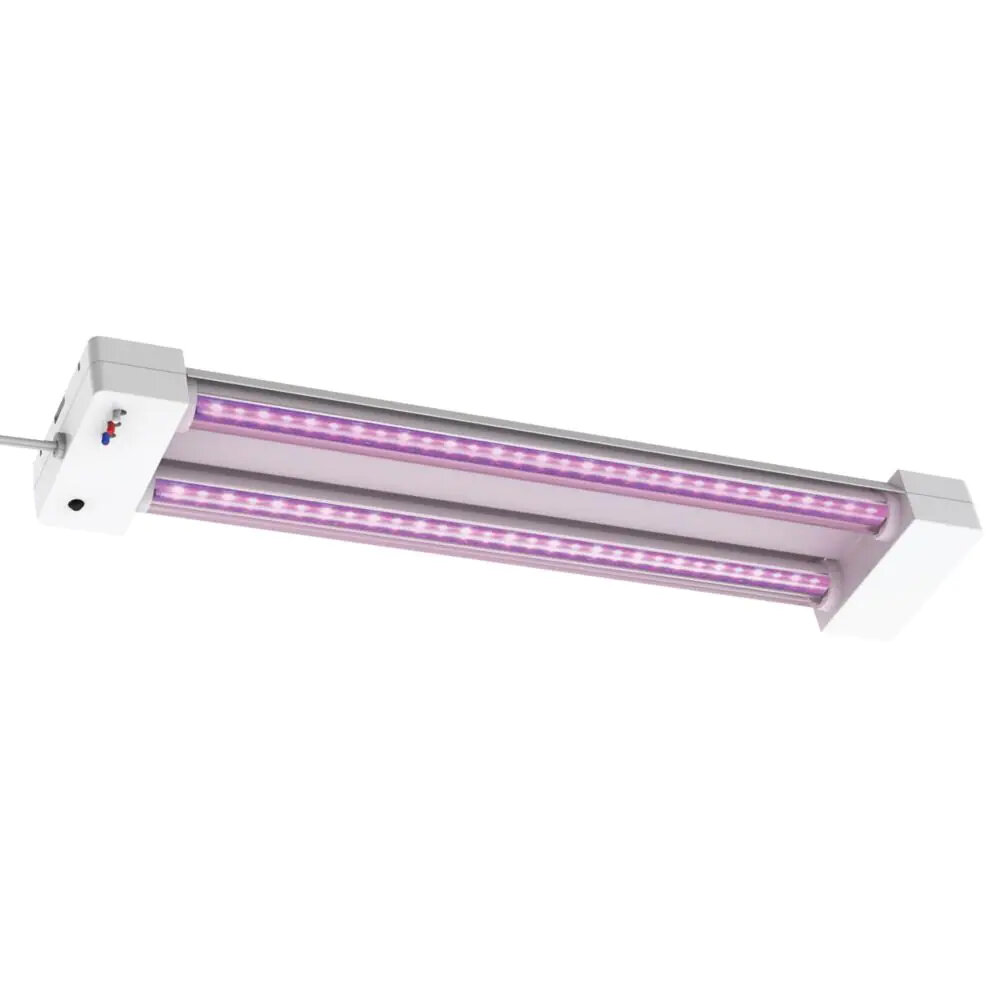
Despite the growing popularity of LED lights, there are still many misconceptions about them. One of the most common misconceptions is that LED lights are too expensive. While it’s true that LED lights can be more expensive upfront, they actually save you money in the long run. LED lights use less energy and can last up to 25 times longer than traditional incandescent bulbs. This means that you’ll save money on your energy bill and on replacement bulbs over time. Additionally, LED lights are better for the environment since they produce less greenhouse gas emissions. Another misconception about LED lights is that they don’t produce enough light. This may have been true in the past, but modern LED lights are just as bright as traditional bulbs. In fact, LED lights can produce brighter and more focused light than incandescent bulbs. Additionally, LED lights come in a variety of colors and can even be dimmed. So, whether you need bright, white light for reading or a soft, warm light for relaxing, there’s an LED bulb that can meet your needs. Overall, LED lights are a great investment for your home or business that can save you money and help protect the environment.
There are several misconceptions about LED lights that need to be debunked. Firstly, many people believe that LED lights are too expensive, but in reality, they are cost-effective in the long run due to their energy efficiency and long lifespan. Secondly, some people think that LED lights emit poor quality light, but this is not true. LED lights come in a variety of color temperatures and brightness levels, which can be customized to suit different needs. Additionally, LEDs have improved significantly over the years, and are now capable of producing high-quality light that is comparable to traditional incandescent bulbs. It’s important to understand these common misconceptions in order to make an informed decision about whether or not to choose LED lights for your lighting needs.
In summary, LED lights are highly efficient and durable lighting options that offer numerous benefits over traditional incandescent bulbs. They consume less energy, last longer, emit less heat, and provide a brighter and more consistent light. Additionally, they are environmentally friendly and can be easily recycled. Therefore, if you want to save money on your electricity bills, reduce your carbon footprint, and enjoy bright and long-lasting lighting, it is highly recommended that you choose LED lights. They may be slightly more expensive upfront, but their benefits far outweigh their costs in the long run.
Conclusion
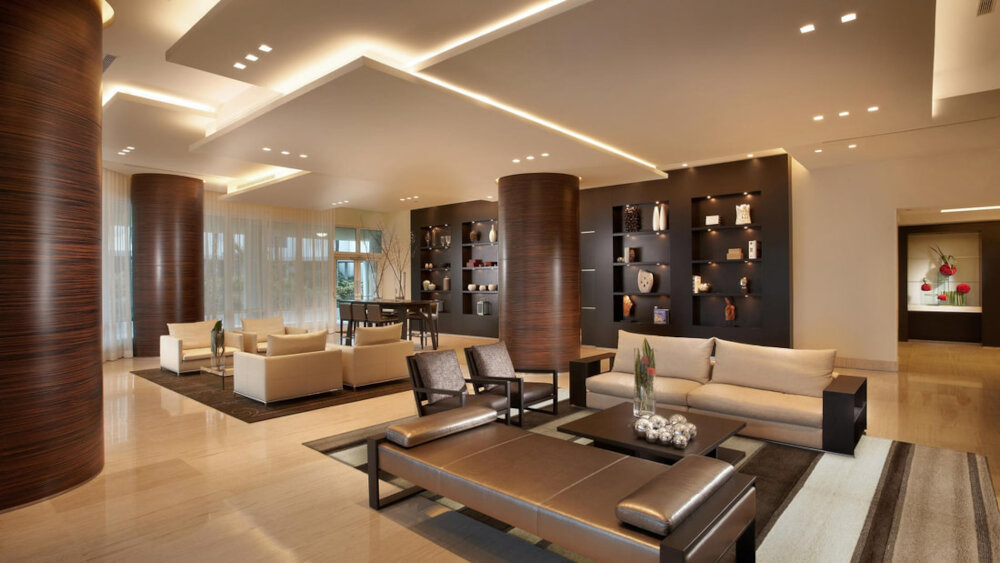
In conclusion, knowing whether a light is LED or not can be crucial for various reasons, such as energy efficiency and maintenance. With the advancements in technology, LED lights have become more affordable and accessible, making it easier for individuals to switch to this option. By understanding the characteristics of LED lights, such as their brightness, color temperature, and lifespan, one can easily distinguish them from other types of lighting. Overall, whether you are looking to upgrade your current lighting or simply curious about the different types of lights available, learning how to tell if a light is LED is a valuable skill that can have a positive impact on both your wallet and the environment.


